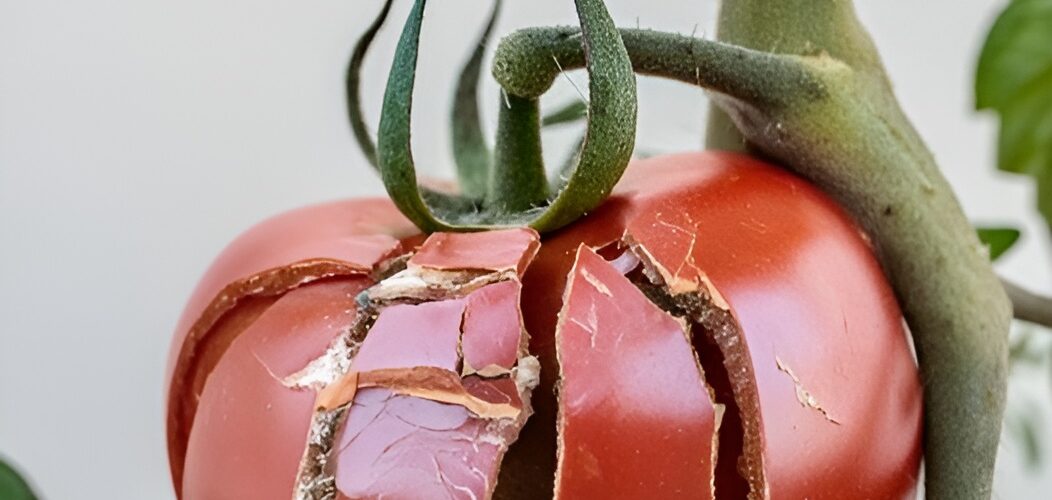| Tomatoes are a favorite in gardens around the world, prized for their vibrant color and full flavor that enriches a variety of dishes. However, many gardeners face the challenge of tomatoes that start to crack and split open, potentially reducing their quality and shelf life. This common issue can be caused by environmental factors and growth conditions that affect the tomato’s development.Understanding how to prevent and manage cracking in tomatoes is beneficial for any gardener aiming to harvest beautiful, healthy tomatoes. We will explore the primary reasons behind tomato cracking and practical tips you can implement to minimize this problem. Continue reading to learn how to keep your tomatoes smooth and intact, maximizing your garden’s yield and your enjoyment of these versatile fruits. Understanding Tomato Cracking and Splitting Tomato fruit cracking refers to the phenomenon where the skin of the tomato splits. This splitting can occur in two forms: concentric (around the stem) and radial (from stem to blossom). It’s important to recognize the types to address the specific issues effectively. Causes of Tomato Cracking 1. Inconsistent Watering Fluctuations in moisture levels, especially alternating periods of dry and wet soil, cause the tomato plant to unevenly absorb water. This leads to rapid changes in fruit size, stressing the skin and leading to cracks .2. Sudden Growth Spurts Tomatoes may experience a sudden growth spurt during particularly hot or rainy periods, especially if they were previously growing more slowly during a drought. 3. Genetic Factors Some tomato varieties are more prone to cracking than others. Heirloom varieties, while flavorful and diverse, are often more susceptible to splitting compared to some hybrid varieties. 4. Nutrient Imbalance A lack of consistent nutrient intake, such as calcium, can weaken the plant’s overall structure and its fruits’ skin, making them more prone to cracking. What You Can Do About It 1. Maintain consistent watering practices Implement a regular watering schedule to keep the soil moisture levels uniform. Use mulch around your plants to retain soil moisture and reduce the frequency of watering. 2. Choose resistant varieties Plant varieties known for their resistance to cracking, such as ‘Celebrity’ and ‘Early Girl.’ This simple choice can significantly reduce the occurrence of splitting. 3. Control growth rate through pruning Regularly prune your tomato plants to manage their growth and air circulation. This can decrease the stress on the plants and reduce sudden growth spurts. 4. Appropriate fertilization Use a balanced fertilizer that contains all the necessary nutrients in appropriate amounts. Avoid excessive nitrogen, which can promote more foliage growth and lead to vulnerable fruits. |

